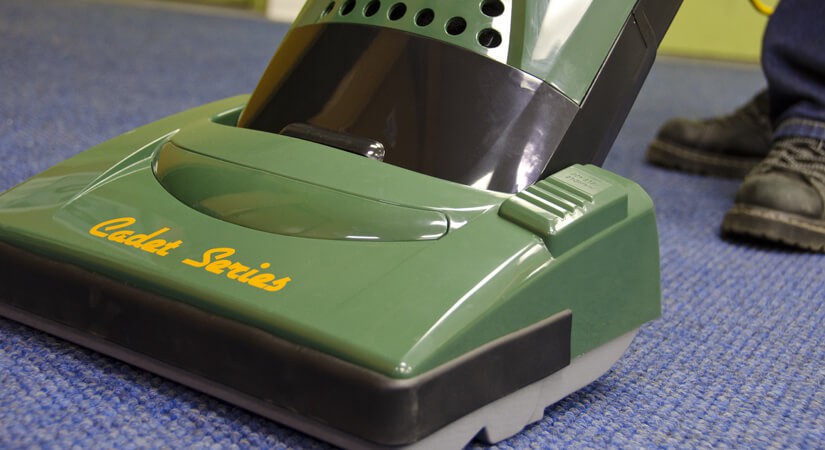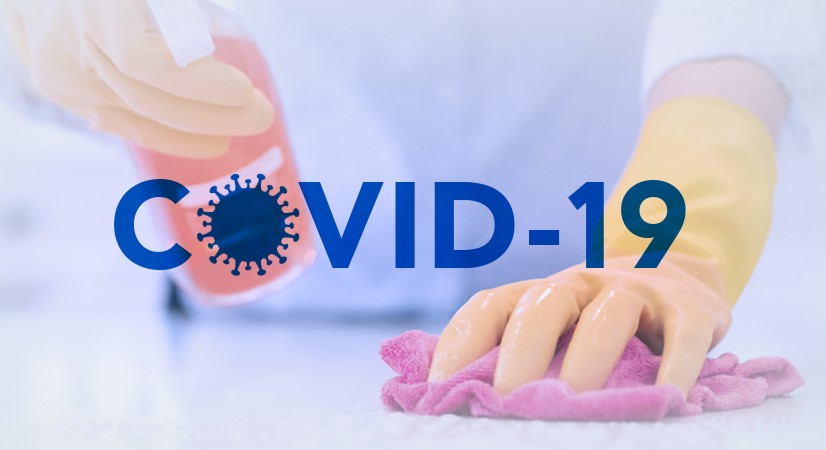In many regions of the United States, salt and other ice melters are a necessary evil. When used correctly, these products help to keep sidewalks and driveways safe by melting existing ice and snow, and preventing future accumulation before an expected storm. Read More
Category: Janitorial
If you live in the northern half of the US, the odds are that you’re familiar with what’s referred to as “Winter Weather”. This specification involves cold temperatures and plenty of snow and ice. Although the scene looks great on a Christmas card, these types of weather conditions can also be very dangerous. Slippery roads are the cause of many vehicle accidents, resulting in approximately 6000 deaths per year.
Keeping a building or house clean and healthy takes a lot of work. We spend hours mopping tile floors, scrubbing sinks, tubs and toilets, deodorizing and disinfecting rooms from the ground up. All too often however, we neglect the Read More
What we often consider to be “clean” is NOT a natural state. In order to maintain clean and healthy facilities, there must be a concerted effort to continually remove soils, bacteria and germs from all hard, non-porous surfaces. The reason we do this is two-fold: Read More
Disinfection Guide
Posted onWith the current threat of COVID-19 all around us, it’s important to know how to protect your family and co-workers from becoming sick. Many misconceptions are out there about what to use and how to use it. When it comes to removing potentially harmful bacteria there are two standards as recognized by the EPA: Sanitizing and Disinfecting. Although both methods involve improving the impact an area has on the health of the people in the space, there is a significant difference in the products and methods used for each operation. Read More
Seemingly overnight, the entire world has changed. A global pandemic has swept the globe, making most of our daily routines vastly different than they were just a few months ago. For many of us, this fact has had the largest impact in our professional lives. Read More
The vast majority of the germs and/or bacteria that we collect each day is transferred through our hands. As we go about our day we use our hands to type, write, pick up phones, handle computer accessories, open doors, etc. Commonly we are either spreading these illness-causing microbes to commonly touched items, or we are picking them up from other people who have touched the surface prior to us. Now that our hands are loaded with potential viruses and infections, Read More
Preparing Your Workplace for COVID-19
Posted onAccording to U.S. Department of Labor Occupational Safety and Health Administration (OSHA):
“Coronavirus Disease 2019 (COVID-19) is a respiratory disease caused by the SARS-CoV-2 virus. It has spread from China to many other countries around the world, including the United States. Depending on the severity of COVID-19’s international impacts, outbreak conditions—including those rising to the level of a pandemic—can affect all aspects of daily life, including travel, trade, tourism, food supplies, and financial markets.” Read More
Amidst all of the changes in Janitorial products and technology over the years, one thing that has mostly remained the same is the application of chemical solutions. There have been attempts to improve the process in the past, but none that have truly made the act of applying chemical more effective than traditional spray bottles and pump-up sprayers, mops or machines such as walk-behind scrubbers. In recent history however, Read More









